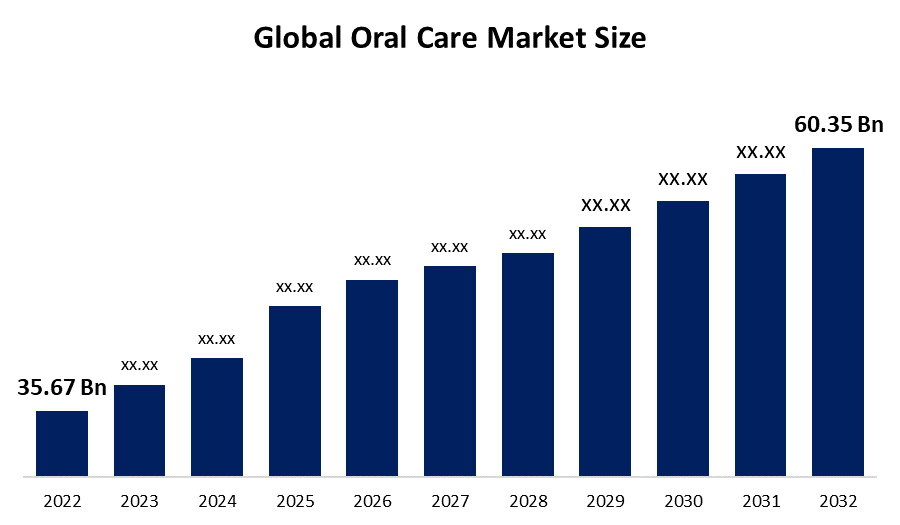Investing in transportation, power, and water infrastructure provides public goods that are beneficial to all sectors of the economy. The economy depends on the government providing these things, and spending of this kind stimulates GDP (gross domestic product). Government expenditure on infrastructure can have a greater effect than certain other forms of spending. Its efficacy as a stimulus isn't always clear-cut or assured, though. In actuality, there are certain situations where investing on transportation makes sense.
Politicians find infrastructure projects attractive because they provide a fiscal stimulus. Voters are clearly reminded that the government is addressing a crisis by the large building sites that infrastructure expenditure generates. Regardless of the advantages of the final goods they generate, they are frequently praised as being excellent means of stimulating the economy. Politicians may resort to infrastructure because of its potency as a political signal, therefore concerned individuals must understand its advantages and disadvantages before using it as a stimulant. A type of technical analysis known as Elliott Wave Theory searches for recurring long-term price patterns connected to enduring shifts in investor psychology and sentiment.
It's also critical to keep in mind that the real question is not whether infrastructure spending stimulates the economy or not, but rather, how effective it is in comparison to other available options for fiscal stimulation. When determining the necessary funding to finish the project, policymakers must compare the benefits of each one to the others. Find out more about the optimal times to spend on infrastructure as an economic stimulus. Keynesian economics is the foundation for the notion that infrastructure spending may stimulate the economy. According to Keynesian theory, a lack of aggregate demand during a recession can cause the economy to be trapped with persistently high unemployment and a stagnating GDP for a long time.
When people and companies buy less, companies lose money and fire employees, who then buy less, and so on in a self-sustaining loop. In order to support his theory that burying money bottles in a coal mine and allowing people to excavate them would be a beneficial economic stimulus, Keynes devised a thought experiment. Although this is frequently taken too literally, the intention was to demonstrate how fiscal stimulus of any kind could help close the output gap in the economy. It would, in fact, be more reasonable to build houses and the like, as Keynes himself stated.
A stimulus's ability to close the output gap is dependent on the multiplier effect. The idea that every dollar spent by the government generates a certain amount of additional spending in the private sector is known as the multiplier effect. As an illustration, the government employs someone to build a road; that individual then goes and spends money at a business, the owner of which uses the proceeds to hire additional employees, and so on. According to recent estimates from the Congressional Budget Office (CBO) and a meta-analysis of empirical data from economic studies, public investment spending has a greater multiplier effect on GDP than other forms of spending and does, in fact, have a stimulating effect on private spending components of GDP.
Therefore, the overall impact of infrastructure spending would appear to be a desirable choice for fiscal stimulus on paper. On the other hand, proponents of economic stimulus typically agree on three criteria regarding what stimulus expenditure should look like, beyond simply the sheer size of the multiplier under ideal circumstances, if the goal is to reverse the effects of a negative economic shock by stimulating the economy. While empirical evidence indicates that, in ideal circumstances, infrastructure spending may have a significant multiplier effect overall, fulfilling these three requirements may be difficult. Due to implementation lag, infrastructure construction projects may not even begin for several quarters or years.
This implies that, while its overall effect, the stimulus could not be timely. Years after a project is initiated, construction investment typically peaks, and by then, the economy is frequently already rebounding. This may lead to a pro-cyclical pattern in which expenditure is restrained while the economy is weak and then overstimulated when it is not required. In this instance, the significant multiplier impact linked to this type of expenditure may work against you, enhancing rather than mitigating economic cycles.
There aren't many infrastructure projects that are prepared to get full funding during a crisis, even though there might be several. This implies that the number of infrastructure initiatives that could serve as a stimulus is limited. There could be serious long-term consequences if infrastructure is developed only to stimulate the economy rather than because it makes desired changes to regional economic development. This is especially crucial to keep in mind because infrastructure may be hastily built without taking into account long-term effects in an effort to deliver a stimulus on time. This further restricts infrastructure stimulus funding to highly established projects already.
Lastly, it might be challenging to allocate infrastructure spending in a way that achieves macroeconomic objectives. Spending of this kind almost always goes into the heavy construction sector, which may or may not be severely impacted during any given recession.Moreover, fixed capital investments, such as infrastructure, must be very localized; it is unreasonable to anticipate that the geographic distribution of a recession's effects will align with the regional distribution of infrastructure needs. Stimulus can be an effective instrument for economic growth because of the significant multiplier effect of infrastructure spending. However, these limitations mean that there are very few effective ways in which stimulation can be used.
Spending on infrastructure turns into a useless, or even harmful, tool for fiscal policy if these factors are overlooked.

 Like
0
Like
0
 Dislike
0
Dislike
0
 Love
0
Love
0
 Funny
0
Funny
0
 Angry
0
Angry
0
 Sad
0
Sad
0
 Wow
0
Wow
0
















































